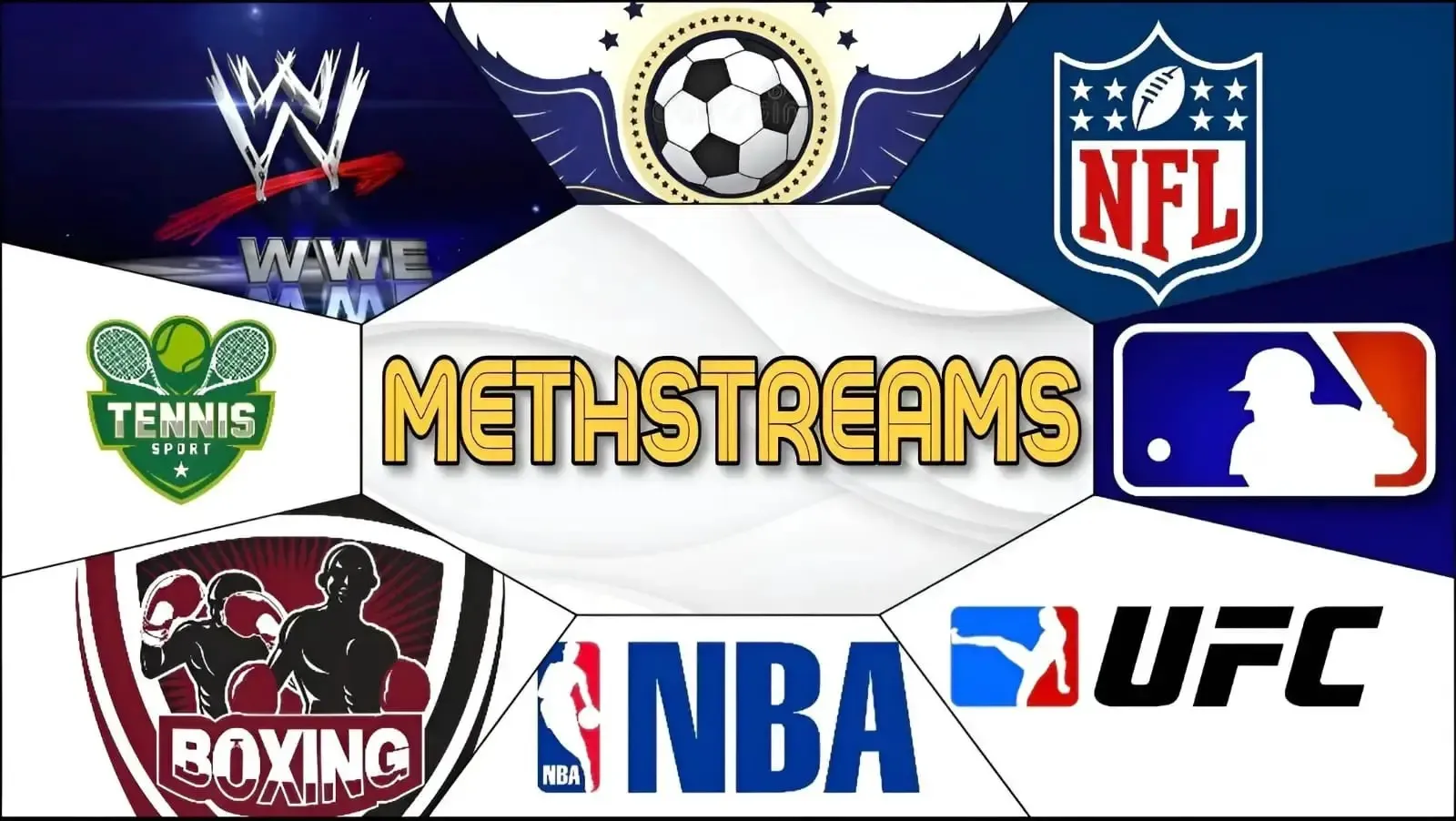Introduction:
Human nature expresses itself through the internet in its authentic unaltered form that frequently exhibits disturbing elements. The blending of addiction with voyeurism and digital popularity has resulted in the disturbing development of the “methstreamer”.
Men and women who broadcast themselves on streaming videos under methamphetamine use are known as methstreamers. The unintentional, partially coherent or unconscious live streaming of methamphetamine users creates content that people watch for the spectacle value rather than outreach or empathy. The live broadcasts happen mainly on alternative streaming platforms but successful transmissions make their way to popular platforms until administrators take them down. The significant effects of this pattern cover multiple aspects that include moral debate together with service responsibility and psychological health concerns.
This article examines methstreamers’ increasing numbers along with their broadcasting psychology and audience behavior and legal-sociological effects and broader implications for our digital culture during 2025.
The Rise of Extreme Streaming
Streaming Culture’s Evolution
Live streaming initially began as an avenue for both gamers to demonstrate their abilities and educators to offer their expertise as well as personalities to maintain direct communication with their methstreaming followers. Through Twitch and YouTube Live alongside Kick and Instagram Live platforms enabled the development of streaming technology. The growth of uncut and intense streaming content resulted in the development of shock streaming as a popular term.
The methstreamer phenomenon stands as the most disturbing type of shock streaming because it creates an online viewing platform for addiction.
How the Methstreamer Phenomenon Gained Traction
These multiple elements produced the appearance of methstreamers.
The accessibility of methamphetamine remains high since it is both cheap and potent and available in many geographic areas.
A user needs simply a smartphone together with a data plan to access Methstream capabilities.
Multiple platforms use automated algorithms to give priority to users who engage frequently but the content remains uncensored.
Audience members tend to share outrageous video content which helps methstreamers achieve viral status.
Profiles of a Methstreamer: Who Are They?
Mental Health and Addiction
The people producing methstream content represent more than creators because almost all of them struggle from severe addictions as well as co-existing mental health conditions. Individuals who struggle with trauma and depression and PTSD and other underlying disorders become more prone to developing both substance abuse problems and erratic digital conduct because of methamphetamine use.
From Isolation to Online Infamy
Many methstreamers experience profound loneliness. These individuals use streaming to communicate their feelings through their content regardless of its negative influence. Through the streaming the camera represents a connection which the viewers serve as a replacement social group.
The Influence of Internet Fame
The cycle between receiving donations and attaining likes as well as comments and views stimulates behaviors that might harm others. Individuals who stream their meth use either search for viral fame or search for meaning make meth use a key aspect of their identity while the acquired attention develops into a new addiction.
Viewers find attraction through what they observe from behind the screen.
Voyeurism in the Digital Age
Numerous viewers find methstreaming videos match horror when they encounter them online because they cannot tear their eyes from the content. The streams provide macabre entertainment that simultaneously fuels observer interest and ego-driven perceptions and disturbed interest.
The Role of Troll Culture
Some viewers choose to keep methstreamers on a dangerous path by sending victimizing messages as well as monetary gifts conditional on specific activities:
“$10 if you smoke another hit.”
Your yelling at the voices through the video created a riotous laugh for those watching.
Troll behavior creates additional harm to streamers as their gestures become more and more extreme while giving these operators continuous control over the situation.
Empathetic Audiences: The Minority
A few caring viewers rise from among the various chatroom spectators and invaders during internet video streams. The ethics of the chat drown out helpful individuals attempting to provide aid or report content through their efforts to raise conscious awareness.
Platforms, Moderation, and Responsibility
Current Platform Policies
The streaming of illegal drug use remains outlawed by major platforms yet enforcement measures vary from platform to platform. Small streaming applications operating without proper regulations create spaces where methstreamers can continue their activities.
Inadequate Moderation
Content moderation systems with AI help and community reporting features are not fast enough to prevent continuous abuse. Methstreams can survive an extended period of time while operating between two and several days before moderators take them offline and fans disseminate the videos through multiple platforms including Reddit and Twitter/X and Telegram and YouTube.
A Culture of Platform Profitability
All streaming platforms thrive on user participation to generate advertising revenue. When content increases viewer numbers online platforms accept disturbing videos as an operational requirement to meet their financial goals.
Legal and Ethical Dimensions
Most jurisdictions consider the use of methamphetamine while recording on camera a violation of applicable laws. The enforcement process faces two main problems: it progresses at a slow pace as well as proving challenging to execute. The collection of evidence requires police departments to obtain adequate jurisdiction along with proper duration for investigation. Users who perform methstreams through unidentified profiles or Virtual Private Networks (VPNs) become more difficult to identify.
Users who have both mental illnesses and homelessness status frequently face decisions about their appropriate legal destiny.
Is the Audience Liable?
Legal experts are currently exploring how donation money provided with pro-drug usage messages to methstreamers could result in legal consequences. Since the matter stands unclarified today it leaves uncomfortable ethical ambiguities unresolved.
The Ethics of Watching
Consumers of harmful content should consider their obligations when watching such material. A person who watches a help plea faces similar ethical consequences as those who help. Digital spectatorship has introduced a collection of contemporary ethical challenges to appreciation and participation.
Real Videos Show the Combination of Celebrity Status with Drug Addiction
The Streamer Who Lost It All
Once a popular gamer streamed his feed until he turned into a meth streamer who maintained a steady number of viewers. Following a catastrophic event he developed addiction that exposed viewers to disturbed streams filled with frantic talking and mental deterioration and drug abuse. The streaming audience continued to watch him decline. Internet viewers lost contact with him because he had probably died in a hospital or he had become an institutional patient.
The Teen Streamer and the Snowball Effect
The teenager broadcast live video feeds which disguised his drug-fuelled notorious encounters with adult drug users. One night while methstream his party he first tried methamphetamine which turned his content focus to psychotic and paranoid behavior within half a year. The platform managed to ban him after his activities but the serious harm had already occurred during that time.
The Role of Addiction and Neuroscience
Meth’s Effect on the Brain
The drug Methamphetamine takes control of brain dopamine processes which leads to powerful feelings of happiness together with increased vitality and self-assurance. Repetitive meth usage leads to diminished ability for brain pleasure in all aspects such as eating, sexual enjoyment and social availability.
Methstreaming turns into a supercharged addiction cycle due to the combination of dopamine surges from digital validation through likes as well as shares and donations.
Streaming as a Coping Mechanism
Next to drug consumption methstreaming functions as a survival tool for its users to deal with the emotional distress caused by loneliness and trauma and depression. Users use the camera as though it were their personal confession booth. Although methstreamers seek support they typically face bullying or ill-intended harassment from their audience.
The Memefication of Methstreamers
Internet Culture and Desensitisation
Reposteds videos from methstreamers appear across TikTok and Reddit platform as entertainment content. The most extreme moments of methstreaming get converted into humorous content which loses its original story context after dehumanizing editing. Each person transforms into an object rather than remaining human.
The ongoing process of desensitization leads people to view addiction not as catastrophic but as something to be used for entertainment.
Meme Culture’s Power and Pitfall
Meme culture serves well to make people aware of important matters yet its power sometimes turns significant problems into meaningless amusement. When a methstreaming lowest point turns into a GIF there is a risk that it will make suffering appear entertaining or reward those in pain.
Could Intervention Be Possible?
Online Intervention Campaigns
Online groups together identify methstreaming platform users at risk of drug addiction by organizing mutual assistance through contacting relatives and raising funds for recovery programs as well as submitting medical confidentiality information to streaming companies. The attempts of such well-intentioned initiatives face limited success because the users tend to deny consent.
Technology as a Solution?
AI moderation systems possess the capability to detect behavioral signs indicating distress together with substance consumption which would result in automatic intervention methods including:
Automated wellness checks
Temporary stream shutdowns
Outreach via platform DMs with support resources
The new age moderation tools produce privacy-related issues and free speech dilemmas.
Support Systems for Creators
The methstreaming platforms should provide digital wellness resources for their content creators by offering:
Built-in check-ins and surveys
Optional counsellor access for high-risk streamers
Streamers can enable a “cool-off” function which both prompts them to take a break and pauses streaming during abnormally risky moments of their broadcast
Prevention and Public Awareness
Education and Media Literacy
The digital age requires people to master three core concepts which include addiction understanding along with mental illness detection and internet ethics standards. These educational institutions and online systems should facilitate programs to teach media literacy which discusses important issues.
Responsible Viewership
The following steps apply when a meth stream appears in your path:
Prohibiting the growth and distribution of the stream.
Report it immediately.
Steer clear of sharing or using dangerous content while avoiding making donations.
You should discover methods to notify both the platform administration and their support staff.

Changing the Narrative
We need to change our attitude from ridicule to compassion in order to reduce the destructive impact of methstreaming. The first step requires viewing people with this illness as sick rather than silly.
Conclusion:
The methstreaming denotes more than just a specialization of internet personality since they reflect deeper social breakdowns in modern culture. In this contemporary world we see people interact by digital means while people become addicted to fame while mental health resources remain limited. Tragedy transforms into a trending topic at the same time as suffering transforms into public entertainment.
Their presence creates a chance for us to rethink our platform engagement behavior and platform moderation alongside our approaches to helping addiction victims.
We should direct our attention from viewing other people’s pain to showing empathy so we can offer aid instead of sending mocking reactions during next online appeals for assistance.
The SAMHSA National Helpline provides 1-800-662-HELP (4357) as a confidential and 24/7 resource for meth addiction support. Confidential, free, and available 24/7.
